
![]() Do you like this book?
Do you like this book?
Come to the library and read it!
Insights
Compendium of news about Natural History
Click on the items to explore interesting facts and insights
The Donkey
 Someone may perhaps exclaim, Why would you put the Donkey as the first Animal on the list? My reply is quite simple, it is in alphabetical order (In Italian Donkey = Asino hence first place), and furthermore as you good children would know, if the donkey were to be assigned its place according to utility, it would find itself in third or fourth place on the list of Animal of our climates!
Someone may perhaps exclaim, Why would you put the Donkey as the first Animal on the list? My reply is quite simple, it is in alphabetical order (In Italian Donkey = Asino hence first place), and furthermore as you good children would know, if the donkey were to be assigned its place according to utility, it would find itself in third or fourth place on the list of Animal of our climates!
He is not gifted, this is certain, with the beauty and courage of a Horse; but he is sober, patient when working hard; he is sure-footed and walks without stumbling along the narrowest and most difficult alleys, the donkey carries very heavy loads, and in several countries he is still used in agriculture.
Mule and Hinny
A Mule is the name of the offspring born from the mating of a Donkey and a Mare.
Hinny or small hinny is the name of the offspring born from the mating of a male Horse and a female Mule.

It feeds on thorny plants that are of no use; and Donkey milk which is easy to digest, and is excellent for debilitated people as a substitute for breast milk.
With its hide, if needed, you can make shoes; but it is normally used to make drums.


It must never be said that a donkey screams, but that it brays.
Unfortunately, a donkey’s good qualities and real value are diminished, because it is obstinate or more commonly said, stubborn. It is a fact that a defect of this kind, both among animals and man, greatly spoils the most enviable qualities.
The Ox
 The Ox is nothing other than a Bull which is deprived of the means to reproduce, and therefore, through this operation becomes easier to tame, and more suitable for fieldwork.
The Ox is nothing other than a Bull which is deprived of the means to reproduce, and therefore, through this operation becomes easier to tame, and more suitable for fieldwork.
Cow is the name given to the female of this animal, while the offspring of the cow is called Calf and is useful both for its tender meat and for its excellent hide.
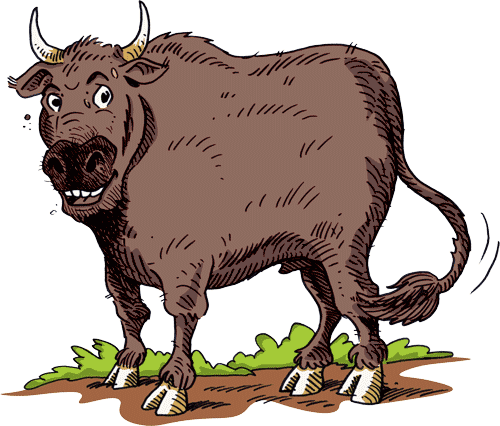
The Lion
 This fierce and frightful animal, particularly inhabits the hot climates and deserts of Asia, and Africa, where the most ferocious animals meet, they are not accustomed to seeing men, and will attack with great audacity, flouting any danger.
This fierce and frightful animal, particularly inhabits the hot climates and deserts of Asia, and Africa, where the most ferocious animals meet, they are not accustomed to seeing men, and will attack with great audacity, flouting any danger.
Just seeing a Lion is enough to get an idea of its strength and fearlessness. It has an imposing figure and severe gaze; its demeanour is regal.

Its sound is called a roar, you quickly understand it, causing fear among travellers and animals alike.
It feeds on meat; and as sums dexterity and agility on top of vigour, the lion’s aspect is very frightening; it is also the most dangerous of all the large quadrupeds.
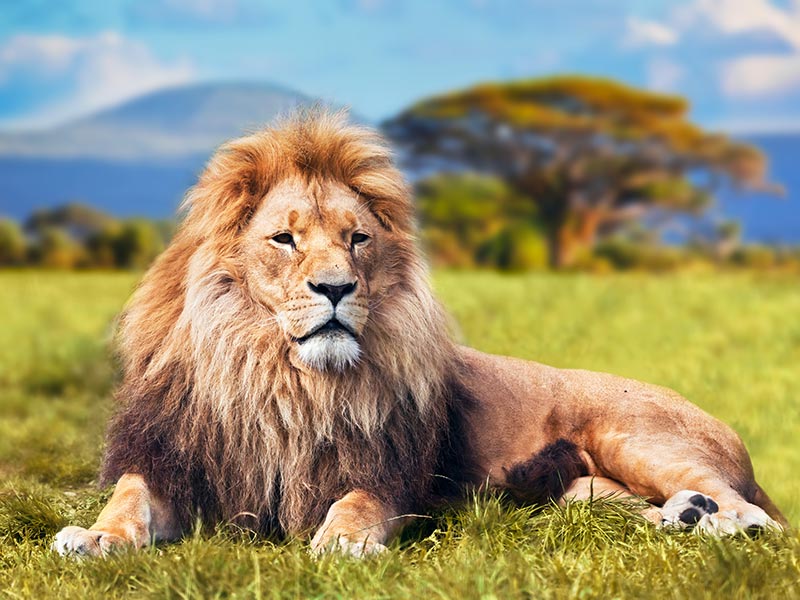
The Lion, in situations of captivity, often becomes attached to a weaker and more timid animal. I saw one who, had been trained since it was a cub on a yoke together with a hound dog, when the dog died the lion almost followed. The Dog had become its fellow captive and friend; the Lion shared its food with the dog, enduring its small defects. Gentleness and kindness are powerful influences on beings, even the most ferocious.

Call and plumage
 Unlike quadrupeds, many birds make pleasant sounds that are more suitable to sweet melodies. However, only the male has this beautiful trait. The female only has a particular call, not graceful at all, which can be referred to as a kind of language.
Unlike quadrupeds, many birds make pleasant sounds that are more suitable to sweet melodies. However, only the male has this beautiful trait. The female only has a particular call, not graceful at all, which can be referred to as a kind of language.

Every year these animals moult, their feathers change at the end of summer or in autumn. The plumage of some birds are completely renewed, while others lose only a part and during this time they do not brood, suffering from a kind of bad mood, which can sometimes degenerate into a real disease.


The patterns formed by similar shades are magnificently arranged; even an artist could not paint such wealth of colour of the abovementioned animals that seem to pride themselves on their plumage.
Nevertheless, birds are particularly appreciated for the beauty and variety of their plumage. Unfolding their wings, they display the most magnificent gold, silver, and blue colours, allowing us to admire a multitude of shades that change according to the light that illuminates the feathers in different places.

The Parrot

Parrots are known for their very large beak, with the mobile upper part covering the bottom part of the beak.
Their tongue is large and fleshy, and it is thought that the structure of beak and tongue are partly the reason for the animal’s singular talent to imitate the human voice and the song of all other Birds.
They use great caution when choosing where to nest, hidden from potential enemy attacks; you can still see some nests that are given the shape of a large ball, with an opening in the middle. They then place them at the top of the weakest tree branches to avoid being attacked by snakes.

The Ostrich
 The largest of all birds, there are some that stand 18 feet high. This bird is not evil but only voracious, it swallows everything in its path, filling its stomach with grain, fruit, stones and even pieces of metal; and although it digests the hardest of things, it does not digest iron.
The largest of all birds, there are some that stand 18 feet high. This bird is not evil but only voracious, it swallows everything in its path, filling its stomach with grain, fruit, stones and even pieces of metal; and although it digests the hardest of things, it does not digest iron.

Its excessive voracity may stem from it being devoid of the delicate senses of taste and smell.
The very shape of its feathers does not allow it to fly: but since it has very strong and long legs, it runs at great speed and it has been often said that it is faster than a good horse!
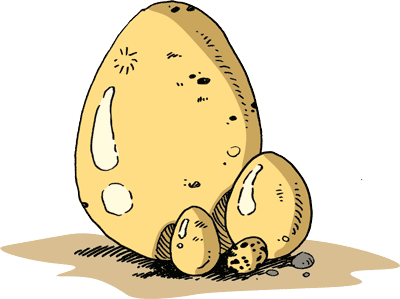 It lives in the warmest regions of Africa and Asia, the female does not sit on her eggs to hatch them, she is happy to cover them with some sand, as the heat of the sun in those climates is sufficient to hatch the little ostriches.
It lives in the warmest regions of Africa and Asia, the female does not sit on her eggs to hatch them, she is happy to cover them with some sand, as the heat of the sun in those climates is sufficient to hatch the little ostriches.

Ostrich hunting is performed, sometimes using a unique and cunning method. The hunter will cover him/herself with an ostrich skin, which is equally as thick as lambskin, leaving all the feathers on it and hiding his/her arms under the wings. The hunter then moves as closes as possible to the herd of ostriches and always seems to catch a few.

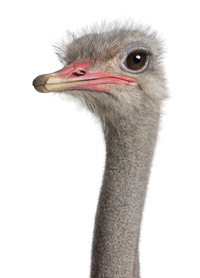 Ostrich feathers are used for many purposes; the male ones are particularly appreciated, especially if taken from the back of a living bird, and the long and thick drabs are used to make plumes: they can be dyed with various colours; and the fluff of the head and the neck which resembles hair, can be used for the making hats.
Ostrich feathers are used for many purposes; the male ones are particularly appreciated, especially if taken from the back of a living bird, and the long and thick drabs are used to make plumes: they can be dyed with various colours; and the fluff of the head and the neck which resembles hair, can be used for the making hats.
Entomology
 ntomology is the name given to the study of insects.
ntomology is the name given to the study of insects.
There are a very large number of insects whose bodies can be separated into three parts: the first part is the Head, the second – is called the Thorax, which has different shapes, to which the feet and wings are attached. The third that hangs inside is the Abdomen, i.e. the body.
Most insects also have a particular organ, which is of great use to them, they use it to touch their bodies, as we do with our hands these are called antennae, as they are always mobile and resemble the shape of long legs.


The females take great care when depositing their eggs, and are no less admirable, especially as each class chooses a different nest according to their taste and custom. Some females lay their eggs on the water while others in the earth, under tree bark, in a leaf that they wrap around the eggs, or they spin a silk cocoon.
Metamorphosis
Metamorphosis is a series of changes a winged insect passes before reaching their total perfection.
In the same way that a person may dress up to go to a masquerade ball, wearing a bizarre guise, wrapped in a long cloak which hides his/her entire body, shedding the clock he/she appears all new and in a dazzling outfit, such that he/she is not recognised by anyone.

The Fly
These are the most common insects and as a result the most detestable of our climates. There is an infinite number of species, and Naturalists have generally kept the names given by the common people in the places where they live. In this way, it is said that there is the house fly, window fly, gooseberry fly, flesh fly, dung fly, Greenfly, Drunkard fly, and Odorous fly.
The most notable organ in these insects is their mouthpart, which they use with great dexterity hiding it under a small hollow under their head.

The Spider
This insect inspires disgust, this undoubtedly arises from the false idea that it is poisonous, not to mention its shape that in effect is quite repulsive in itself. This disgust in some people reaches aversion to the extent that nothing can overcome it.
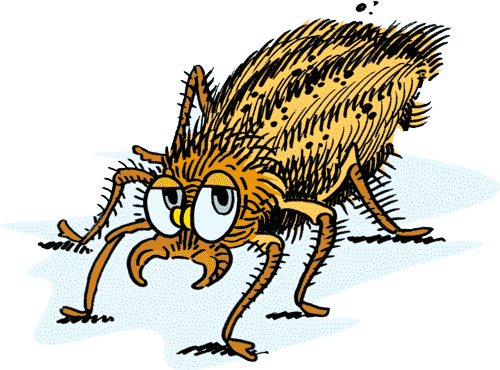

Most spiders make a web composed of filament, which they draw out of some small tubercles. These filaments are made of a very clear liqueur, which hardens when exposed to air.

Beans
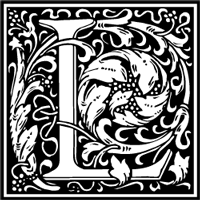 Bean seeds can be considered as the vegetable’s egg, because it contains the plant that is to be born and requires only heat and humidity of the soil to come out of its pod.
Bean seeds can be considered as the vegetable’s egg, because it contains the plant that is to be born and requires only heat and humidity of the soil to come out of its pod.
As soon as the heat and moisture reach the germ that is inside it (seedling), it begins to germinate, the root moves towards the centre of the soil and the small seedling towards the surface.
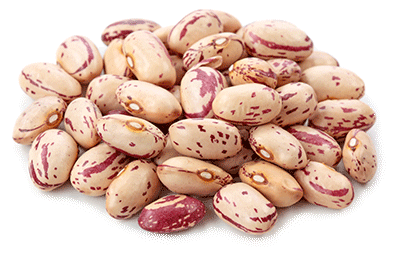

Plants are subjected to a kind of ‘dormancy’ the leaves and flowers close at certain times, according to a frequency that is called Circadian clock or more simply put Flora Clock.

Venus Fly Trap
The Venus Fly Trap is a plant that offers a curious example, it has open and extended lobes at the end of each leaf like those of other vegetables, but should a fly or another insect land on one of these leaves the lobes immediately snap shut. The insect is caught between the two parts of the leaves, which have very small, thin, and extremely sharp thorns.
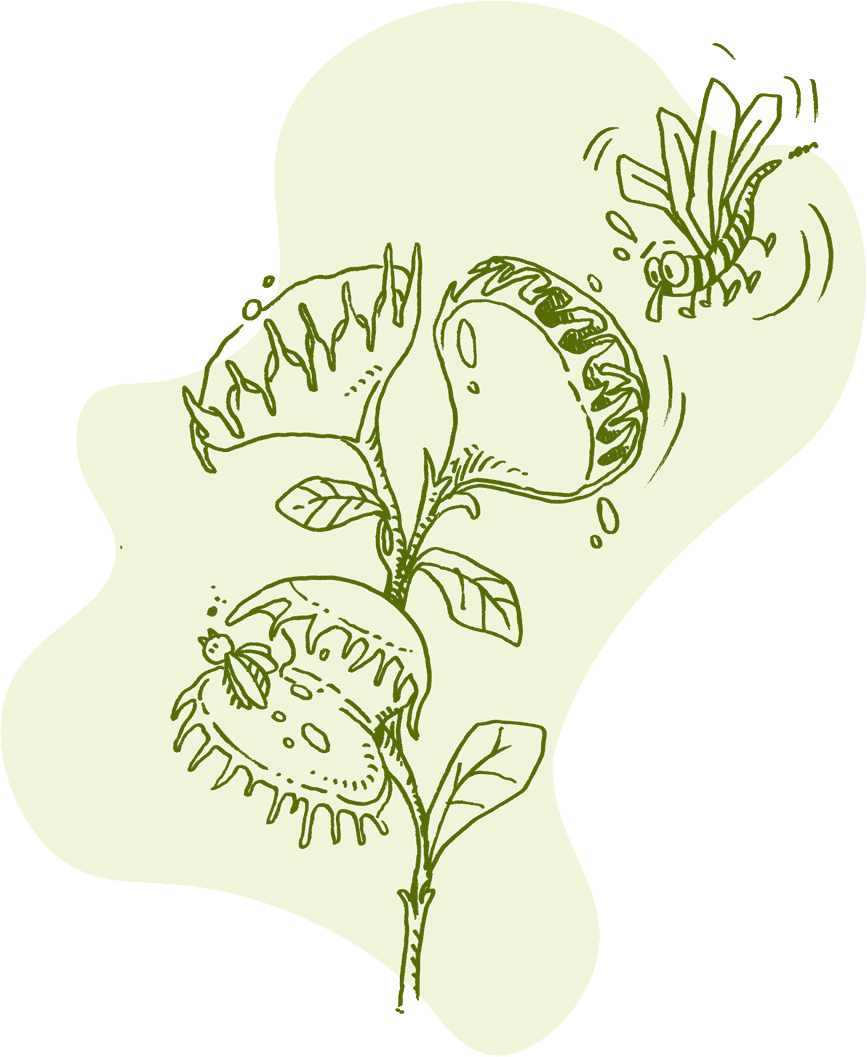
How many plants are there?…
![]() Botanists have been able to catalogue and describe approximately 25,000 plants, which demonstrate both the patience of scholars and the interest aroused by botany.
Botanists have been able to catalogue and describe approximately 25,000 plants, which demonstrate both the patience of scholars and the interest aroused by botany.
…and how long do they live?
![]() Some plants are called annual or biennial plants; others may have a lifespan that sometimes extends beyond 400 years such as saplings, shrubs and trees.
Some plants are called annual or biennial plants; others may have a lifespan that sometimes extends beyond 400 years such as saplings, shrubs and trees.

Laurel
This evergreen plant, which is generally the size of a sapling in gardens and orchards, and has a pleasant scent which many people use in sauces. Nevertheless, the noblest characteristic of the leaves of this plant is to serve as a reward, and adorn the foreheads of victors and poets.

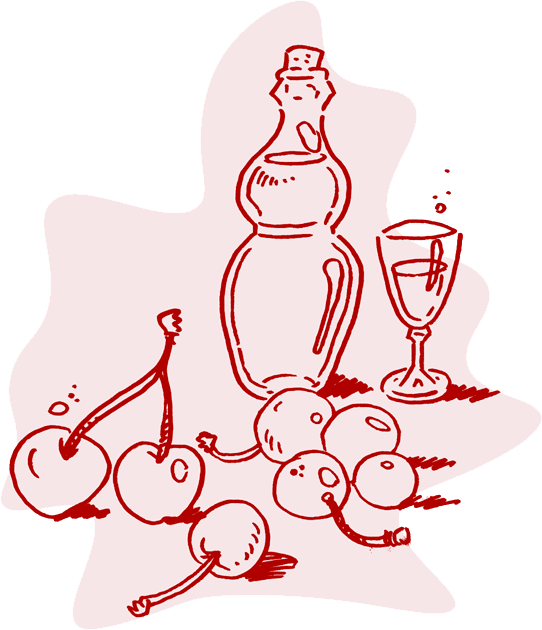
Artichokes
and Cherry trees
Did you know? Artichokes multiply neatly, detaching the little stems that grow every year away from the main stem. While from cherries, which young people will surely know well enough, a highly esteemed wine and spirit is obtained known as Kirchwasser.

Play with Natural History
Have you studied the Compendium of Natural History? Do you want to test yourself?
Try one of the games below!
Access from PC and find the differences!















































 Contact
Contact